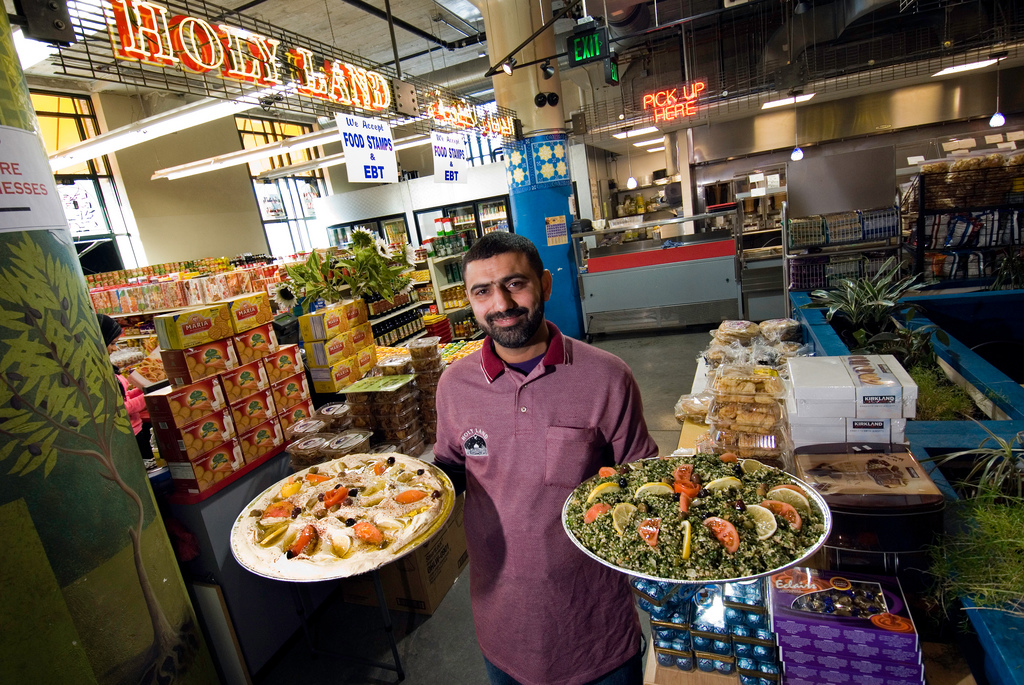Social, mental, physical, and environmental a green spaces positively affect people daily. Greenspaces create interactional locations where people can come together and interact and socialize with each other. Green spaces can prevent pollution, improve city communities, and reduce the heat in urban areas.
Frances Kuo at the University of Illinois on studies greenspaces and concluded that people experience a stronger sense of community, deal with stress in better ways, and seem less aggressive and violent, among other things, due to living near greenspaces. Physically, the tranquility of the spaces is enough to relax anyone. With green spaces around, it can also help reduce obesity and other health complications through exercising outdoors and walking around the local parks and spaces provided. Greenspaces promote an area to be physically active and to be able to participate in various outdoor activities. A study conducted in Japan and the Netherlands revealed that access to these types of spaces boosted better health habits while lowering the mortality rate in their areas. From doing any activity, from driving to walking or focusing on something important, green spaces have proven to increase productivity, focus, and sleep and reduce irritability and anger.
Creating Green Spaces
Although there are state parks or wilderness areas where people can go and enjoy the outdoors, for those who live in urban areas, these locations are not easily accessible. City dwellers are not exposed to many green spaces due to the high volume of residents and the space residential areas have taken up. However, the sustainability departments of cities still need to create spaces for their residents. Rooftops, abandoned lots, gardens, and community buildings are some ways that cities make those essential greenspaces so that everyone can reap their benefits. This can be as simple as planting tall trees, shrubs, plants, and bushes to promote green life within a designated area. Other locations where green spaces are often created are on college campuses. A study found that creating green spaces not only helped with the scenery of the college campuses but aided in the mental health and academics of the students attending college.
Green spaces help the environment!
Green spaces are beneficial for the environment overall. They benefit nature and the animals and critters that cohabit with us. In urban cities, they bring great value for many reasons. Wildlife can also enjoy the greenspaces by planting various trees, plants, and bushes, as they will have a place to call home. It aids in widening our ecosystem that is functioning in proximity to our homes. These spaces can help with air pollution by increasing the number of trees planted. The trees will help remove carbon dioxide from the air and keep waterways clear and clean, allowing residents to connect to nature without leaving their urban areas. The increase in trees will also bring different types of wildlife to the area, like other birds, critters, and even deer in some areas. Overall, this reduced the heat of urban areas and resulted in the treatment of the urban heat island effect.
Urban Heat Island Effect
United States Environment Protection Agency defines heat islands as areas in an urban city that suffer from temperatures higher than those in the surrounding regions. This occurs when there is an influx of buildings, infrastructures, pavements, and other surfaces that retain and absorb heat. Unfortunately, the urban heat effect leads to air pollution and an increase in heat-related illnesses. This effect also affects energy costs and increases energy bill prices in urban areas. Again, creating more green spaces can help alleviate the heat absorption in the city. Another way urban areas try to reduce and cool down urban heat island is by lightening the cities’ colors. This is done by covering the ground, buildings, and lots in a light reflective color coating like grey. The color grey drops the temperature, which helps to cool the city down.
Dig deeper with these sources:
https://earthobservatory.nasa.gov/images/145305/green-space-is-good-for-mental-health
https://www.udel.edu/academics/colleges/canr/cooperative-extension/fact-sheets/human-benefits-of-
green-spaces/
https://www.ncbi.nlm.nih.gov/pmc/articles/PMC9317879/
https://youtu.be/1SpI5VNG_DI?si=1vK3WeUwG9kydz5I
https://www.epa.gov/heatislands/learn-about-heat-islands – heat-islands
https://climatekids.nasa.gov/heat-islands/
https://www.green.earth/blog/the-benefits-of-green-spaces-and-how-to-create-them-in-cities











